
- •Reznichenko Valery
- •Lecture 7. Relational calculus
- •Lecture 7. Relational calculus
- •Lecture 7. Relational calculus
- •Lecture 7. Relational calculus
- •Lecture 7. Relational calculus
- •Lecture 7. Relational calculus
- •Lecture 7. Relational calculus
- •Lecture 7. Relational calculus
- •Lecture 7. Relational calculus
- •Lecture 7. Relational calculus
- •Lecture 7. Relational calculus
- •Lecture 7. Relational calculus
- •Lecture 7. Relational calculus
- •Lecture 7. Relational calculus
- •Lecture 7. Relational calculus
- •Lecture 7. Relational calculus
- •Lecture 7. Relational calculus
- •Lecture 7. Relational calculus
- •Lecture 7. Relational calculus
- •Lecture 7. Relational calculus
- •Lecture 7. Relational calculus
- •Lecture 7. Relational calculus
- •Lecture 7. Relational calculus
- •Lecture 7. Relational calculus
- •Lecture 7. Relational calculus
- •Lecture 7. Relational calculus
- •Lecture 7. Relational calculus
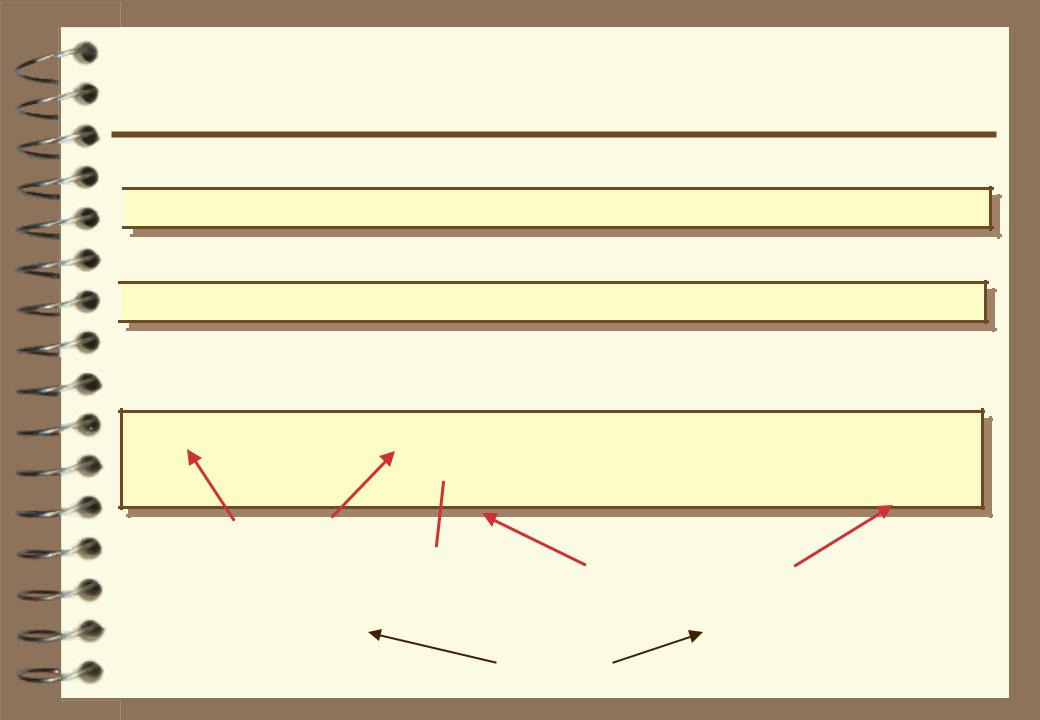
Lecture 7. Relational calculus
TRC – Examples of existential quantifiers
Query. Output names of faculties in the building 5 and their departments

 {(f.Name,d.Name) | DEP(d) & FAC(f) & f.FNo = d.FNo & f.Bld = 5}
{(f.Name,d.Name) | DEP(d) & FAC(f) & f.FNo = d.FNo & f.Bld = 5}
Query. Output department names of faculties in the building 5

 {d.Name | DEP(d) & f(FAC(f) & f.FNo = d.FNo & f.Buld = 5)}
{d.Name | DEP(d) & f(FAC(f) & f.FNo = d.FNo & f.Buld = 5)}
Query. Outputs names of teacher-professors that have lectures in groups of the 1-st course
{t.Name | TCH(t) & t.Post='professor' &
l(LEC(l) & l.TNo = t.Tno &
 g(GRP(g) & l.GNo = g.GNo & g.Course = 1))}
g(GRP(g) & l.GNo = g.GNo & g.Course = 1))}
Output names of professors,
|
for which exist such lectures, |
|
|
||
|
|
for which (lectures) exist groups of the 1-st course |
|
||
|
|
|
|
|
|
|
GRP |
GROUP(GNo, Course...) |
TCH TEACHER (TNo, Name, Post...) |
|
|
CSF NAU |
LEC |
LECTURE(GNo,TNo...) |
11 |
||
|
|
|
|||
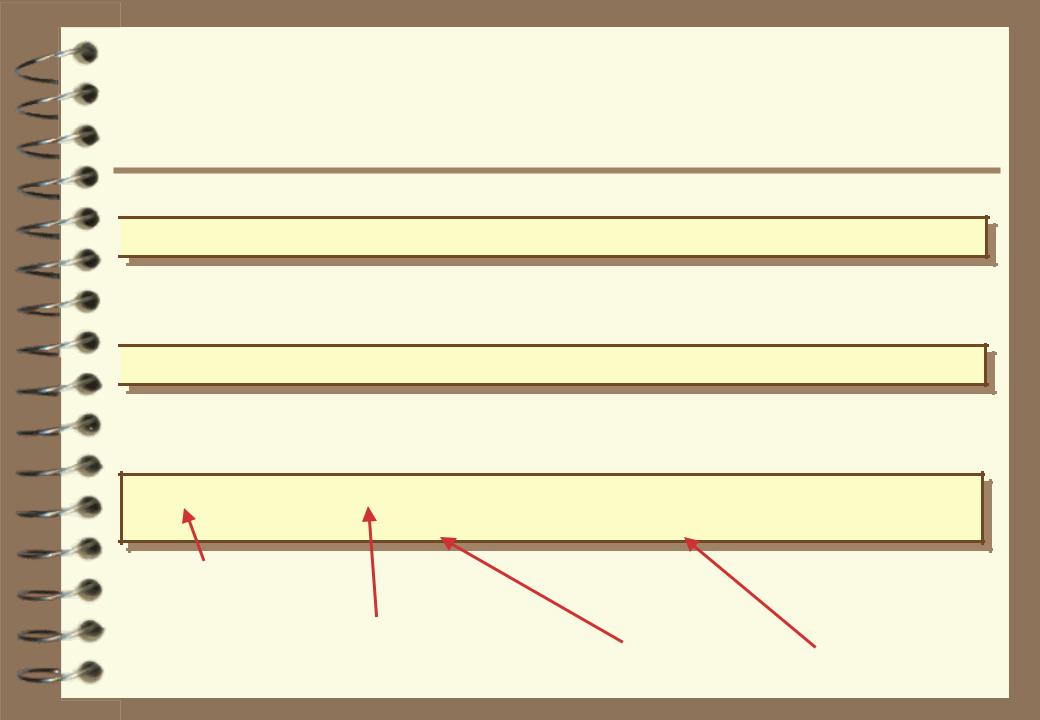
Lecture 7. Relational calculus
TRC – Examples of universal quantifiers
Query. Output numbers of the teachers that have lectures in all groups

 {l.TNo | LEC(l) & g(GRP(g) g.GNo = l.GNo)}
{l.TNo | LEC(l) & g(GRP(g) g.GNo = l.GNo)}
Query. Output numbers of the teachers that have lectures in all groups of the 1-st course.

 {l.TNo | LEC(l) & g((GRP(g) & g.Course = 1) g.GNo = l.GNo)}
{l.TNo | LEC(l) & g((GRP(g) & g.Course = 1) g.GNo = l.GNo)}
Query. Output names of the teachers that have lectures in all groups of the 1-st course
{t.Name | TCH(t) & l(LEC(l) & l.TNo = t.TNo &
g((GRP(g) & g.Course = 1) g.GNo = l.GNo)}
Output names of
teachers,
that have such lectures,
CSF NAU |
that are taught |
in all groups of the 1-st course |
|
12 |
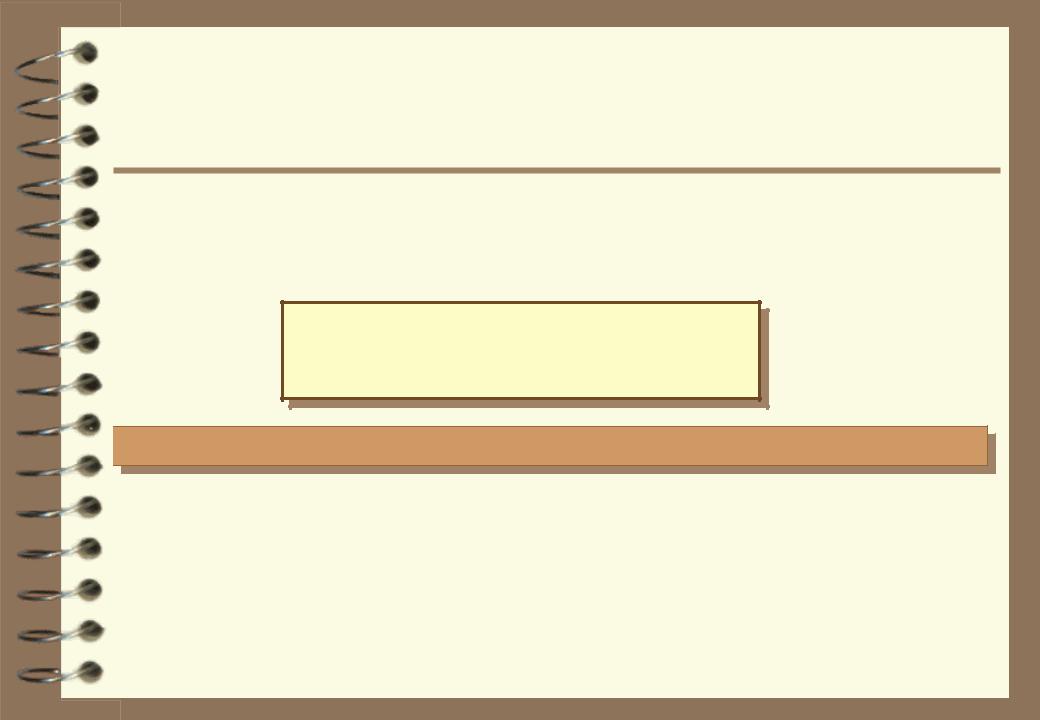
Lecture 7. Relational calculus
TRC - Save formulas and queries
Exist such syntactically correct queries that do not have correct interpretation in DB. OR, other words, such queries have an infinite number of answers (answer is infinite relation). Such queries are called unsafe Examples:
{t | t.Post = 'professor'} {t | TCH(t)}
{(t,d) | TCH(t) DEP(d)}

 Query is safe if it is interpreted by a finite relation.
Query is safe if it is interpreted by a finite relation.
Query is safe if:
All variables in the formula are restricted;
All logical connectives in the formula are restricted;
All quantifiers in the formula are restricted.
CSF NAU |
13 |
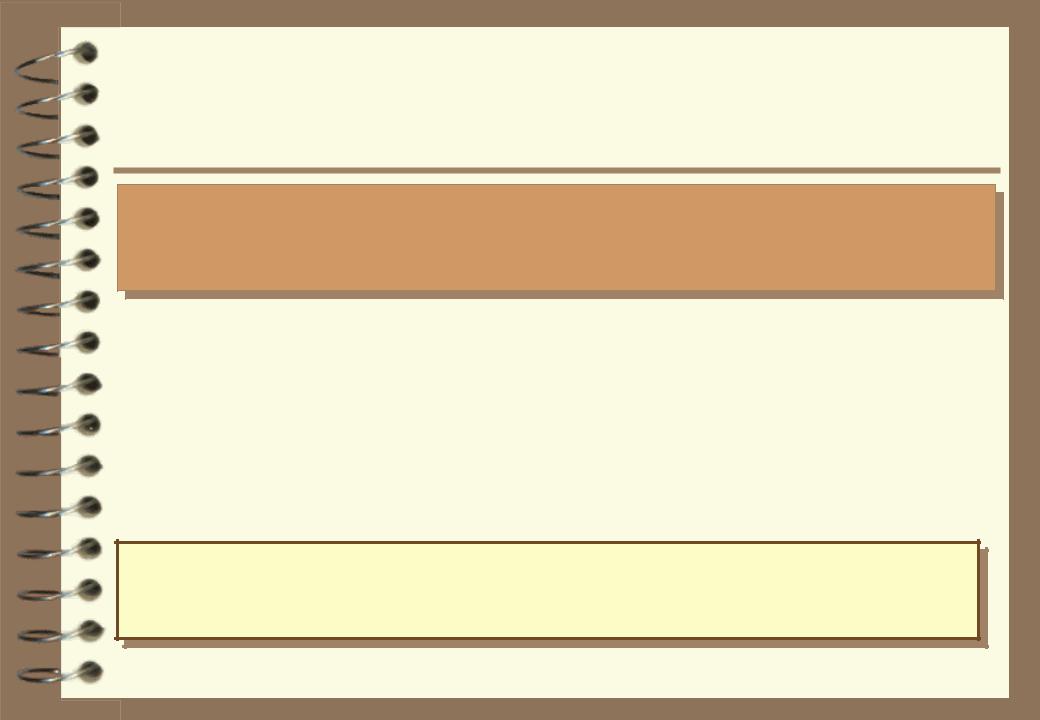
Lecture 7. Relational calculus
Restricted variables
Tuple variable is restricted if it belongs to any predicate that is interpreted by DB relation, or it is restricted by other restricted variable or constant.
Variable t is restricted if :
It belongs to a predicate Р(t), where Р is interpreted by DB relation;
It appears in the formula t.a1 = c1 & ... & t.an = cn, where
a1,..., an are all attributes of the tuple t, and c1, ..., cn are constants;
It appears in the formula t = s, where s is restricted variable.
Examples:
P(t) - variable t is restricted by the predicate P
P(t) & t = x - variable x is restricted by variable t that is restricted itself t.Name=‘john’ & t.Post=‘prof’ & t.Salary = ‘1200’
CSF NAU |
14 |

Lecture 7. Relational calculus
Restricted logical connectives
If two formulas F and G have restricted variables then:
F G is a formula with restricted variables if F and G have the same free variables;
F & G will always be the formula with restricted variables in spite of the list of free variables in both formulas;
F & G is the formula with restricted variables if F and G have the same free variables;
F G will never be a formula with restricted varibles.
Examples: |
|
P(t) Q(t) |
– it is formula with restricted variable |
P(t) Q(q) |
– variables in this formula are not restricted |
P(t) & Q(q) |
– it is formula with restricted variable |
Q(t) |
– it is not formula with restricted variable |
P(t) & Q(q) – it is not formula with restricted variables |
|
P(t) & Q(t) |
– it is formula with restricted variable |
CSF NAU |
15 |
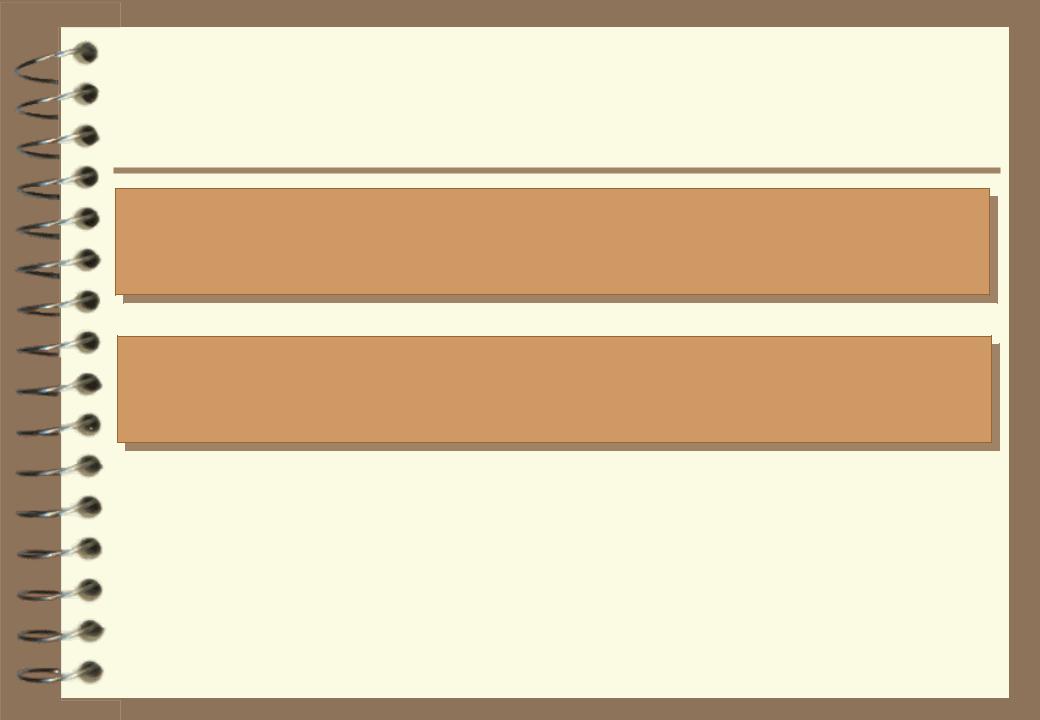
Lecture 7. Relational calculus
Restricted quantifiers
If F(t) is restricted formula and G(t) is arbitrary formula then the formula
t(F(t)& G(t)) is a formula with restricted existential quantifier. This formula is interpreted by restricted (finite) relation.
If F(t) is restricted formula and G(t) is arbitrary formula then the formula
t(F(t) G(t)) is a formula with restricted universal quantifier. This formula is interpreted by restricted (finite) relation.
Примеры: |
|
x(x.Fund < 5) |
– existential quantifier is not restricted |
x(P(x) & x.Fund < 5) – existential quantifier is restricted |
|
x(P(x)) Q(x, y)) |
– universal quantifier is restricted |
CSF NAU |
16 |

Lecture 7. Relational calculus
Domain Relational Calculus (DRC)
Query has the form {x1,x2,...,xn | (F(x1,x2,...,xn)}
x1,x2,...,xn - attributes domain variables;
F(x1,x2,...,xn) – a formula with the only free variables x1,x2,...,xn
Answer. Set of such tuples <c1,c2,...,cn>, that evaluates the formula F to true value.
Formula. It is recursively defined by using atomic formulas and more
complex formulas with the help of logical connectives and quantifiers just the same as in tuple relational calculus. Safe formulas are defined just the same as in tuple relational calculus.
QBE. Is a formal base of QBE language.
CSF NAU |
17 |
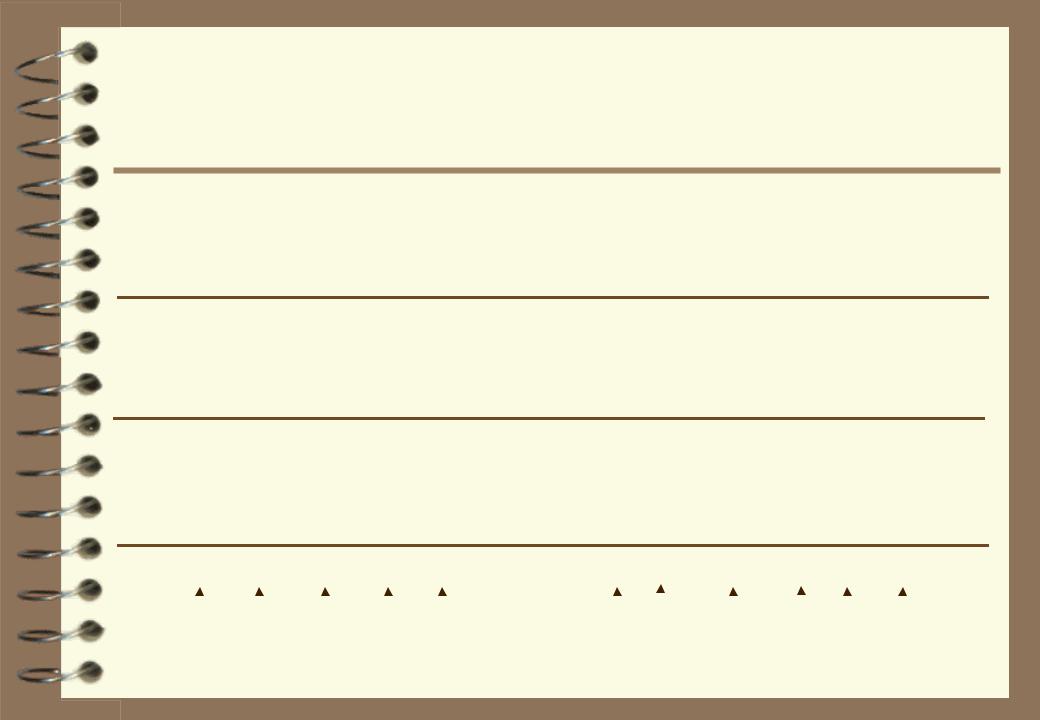
Lecture 7. Relational calculus
Example of queries in DRC
1) Projection
Query. Output faculty names and deans
{(y, z)| x u vFAC(x,y,z,u,v)}
2) Selection and projection
Query. Output faculty names of the building 5 and dean names
{(y, z) | x u vFAC(x,y,z,u,v) & u = 5}
3) Join, selection and projection
Query. Output faculty names of the building 5 and their department names
{(y,n)| x f( z u v(FAC(x,y,z,u,v) & u=5) & d h b uDEP(d,f,n,h,b,u) & x=f)}
FAC (FNo,Name,Dean,Bld,Fund) |
DEP(DNo,FNo,Name,Head,Bld,Fund) |
||||||||||||||||
|
|
|
|
|
|
|
|
|
|
|
|
|
|
|
|
|
|
|
|
|
|
|
|
|
|
|
|
|
|
|
|
|
|
|
|
x |
y |
z |
u v |
d f |
n |
h b u |
|||||||||||
CSF NAU |
18 |
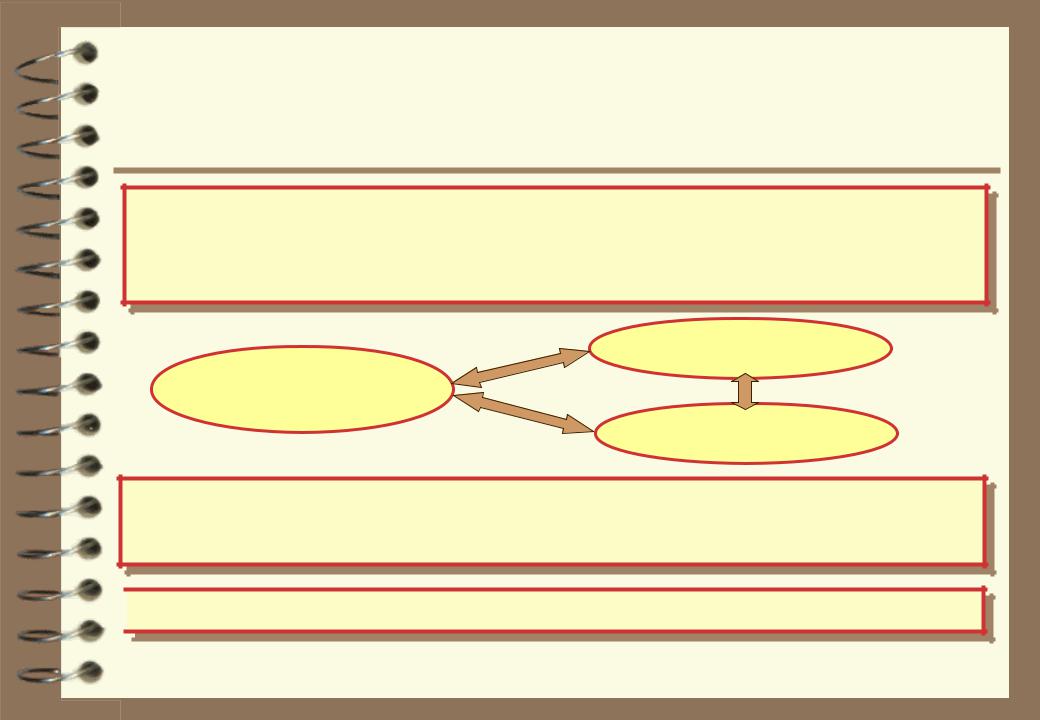
Lecture 7. Relational calculus
Equivalence of RA, TRC, DRC and relational completeness.
Assertion: Relational algebra, safe TRC and safe DRC are equivalent in their expressive power. It means that every query that can be expressed in relational algebra can also be expressed in TRC and DRC. The converse is also true.
Safe tuple relational calculus
Relational algebra
Safe domain relational calculus
Thesis (relational completeness): Any relational language is relationally complete if it has expressive power (selective possibilities) of relational algebra.

 Assertion: SQL language is relationally complete.
Assertion: SQL language is relationally complete.
CSF NAU |
19 |

Lecture 7. Relational calculus
Codd relational calculus (СRС)
CRC is subset of the predicate calculus (of the 1-st order)
It is tuple oriented
It solve differences between wff and safe formulas
CRC queries are safe.
It is equivalent to the relational algebra; it means that CRC is relationally complete
CSF NAU |
20 |
